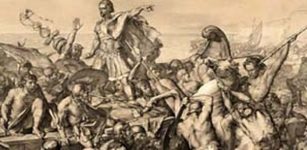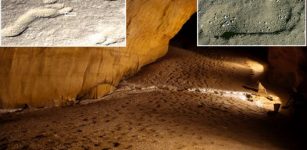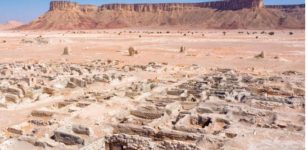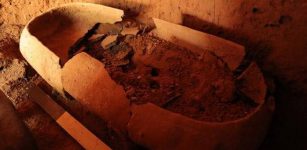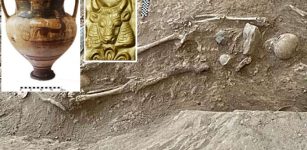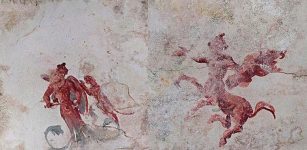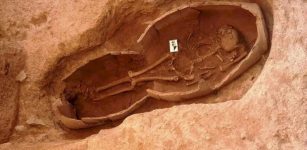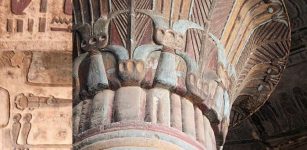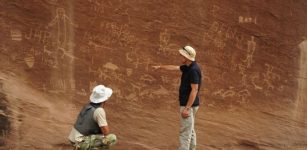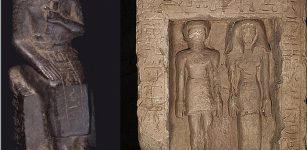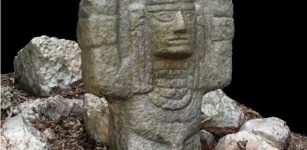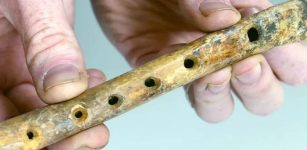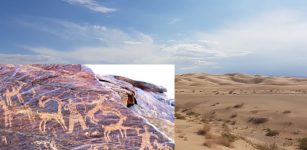One Of The Biggest Changes In Human Prehistory Challenged By Scientists
Jan Bartek - AncientPages.com - A recent study has challenged traditional thinking by emphasizing the significance of human interactions in the transition from hunting and gathering to farming—one of humanity's most significant historical shifts.
San Bushman rock art Perdekop Farm North of Mossel bay. Credit: Andrew Moir - CC BY 2.0
Previously, theories predominantly attributed this change to environmental factors. The shift from a hunter-gatherer lifestyle, which had been sustained for hundreds of thousands of years, to a settled agricultural society around 12,000 years ago is extensively explored in popular literature like "Sapiens: A Brief History of Humankind" by Yuval Noah Harari. Researchers from institutions including the University of Bath, the Max Planck Institute for Evolutionary Anthropology in Germany, the University of Cambridge, and UCL have introduced a new mathematical model that challenges these conventional views.
Their findings suggest that this pivotal transition was not primarily driven by external influences such as climate changes or fertile landscapes but rather by complex human interactions.
This research indicates that humans were active and essential contributors to the transition process. Key elements such as differing population growth rates and mortality rates, influenced by competition between hunter-gatherers and farmers, significantly impacted the agricultural development of these areas.
Researchers explored the interactions between early farmers and hunter-gatherers by applying a model initially created for studying predator-prey dynamics. The findings suggest that early farming communities expanded through migration, competition, and cultural exchange, altering the lifestyle and environmental interactions of hunter-gatherer societies.
Dr. Javier Rivas, from the Department of Economics at the University of Bath, said, "Our study provides a new perspective on prehistoric societies.
"By statistically fitting our theoretical predator-prey model to observed population dynamics inferred from radiocarbon dates, we explored how population growth shaped history and uncovered interesting patterns—such as how the spread of farming, whether by land or sea, influenced interactions between different groups. More importantly, our model also highlights the role of migration and cultural mixing in the rise of farming."
See also: More Archaeology News
The team plans to build on this model by adding more details and testing it in larger regions.
Dr. Rivas added, "We hope the methods we've developed will eventually become a standard tool for understanding how populations interacted in the past, offering fresh insight into other key moments in history, not just the shift to farming."
The study was published in the journal Proceedings of the National Academy of Sciences
Written by Jan Bartek - AncientPages.com Staff Writer



